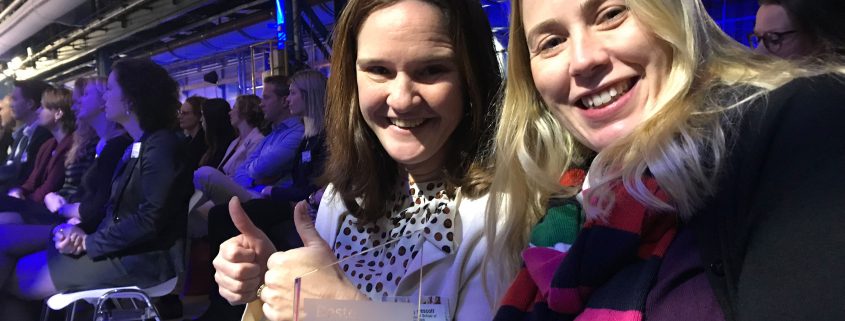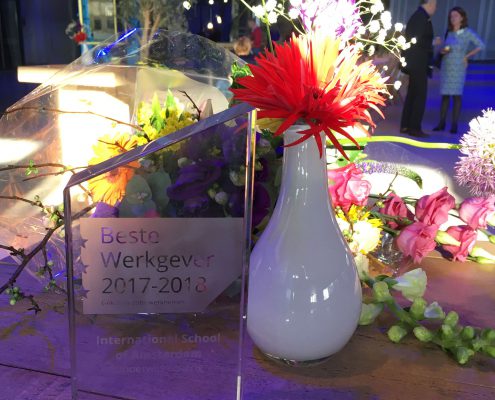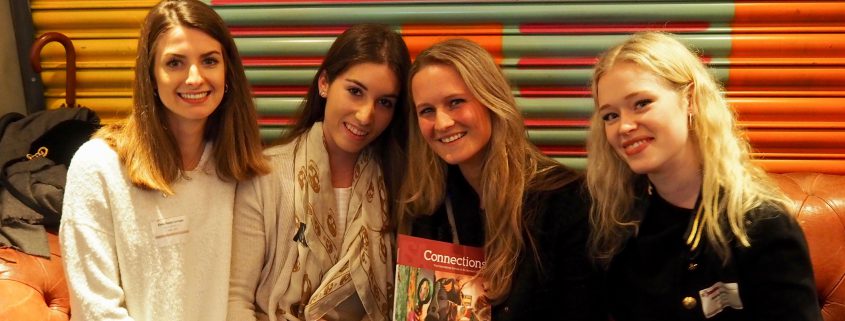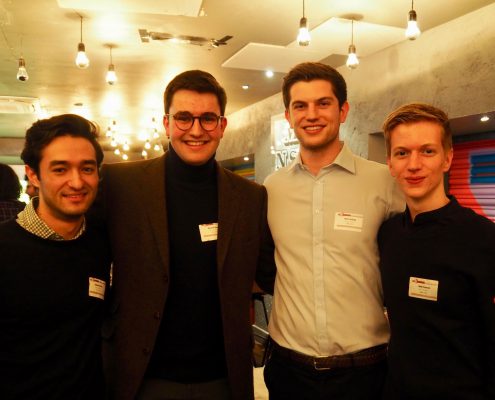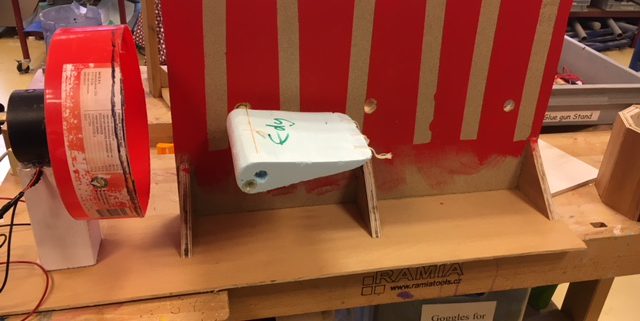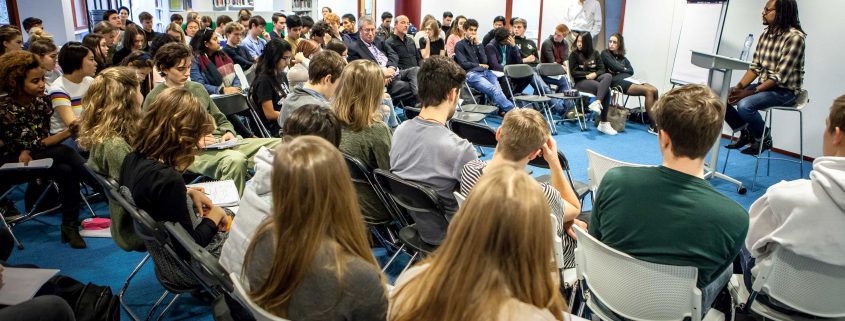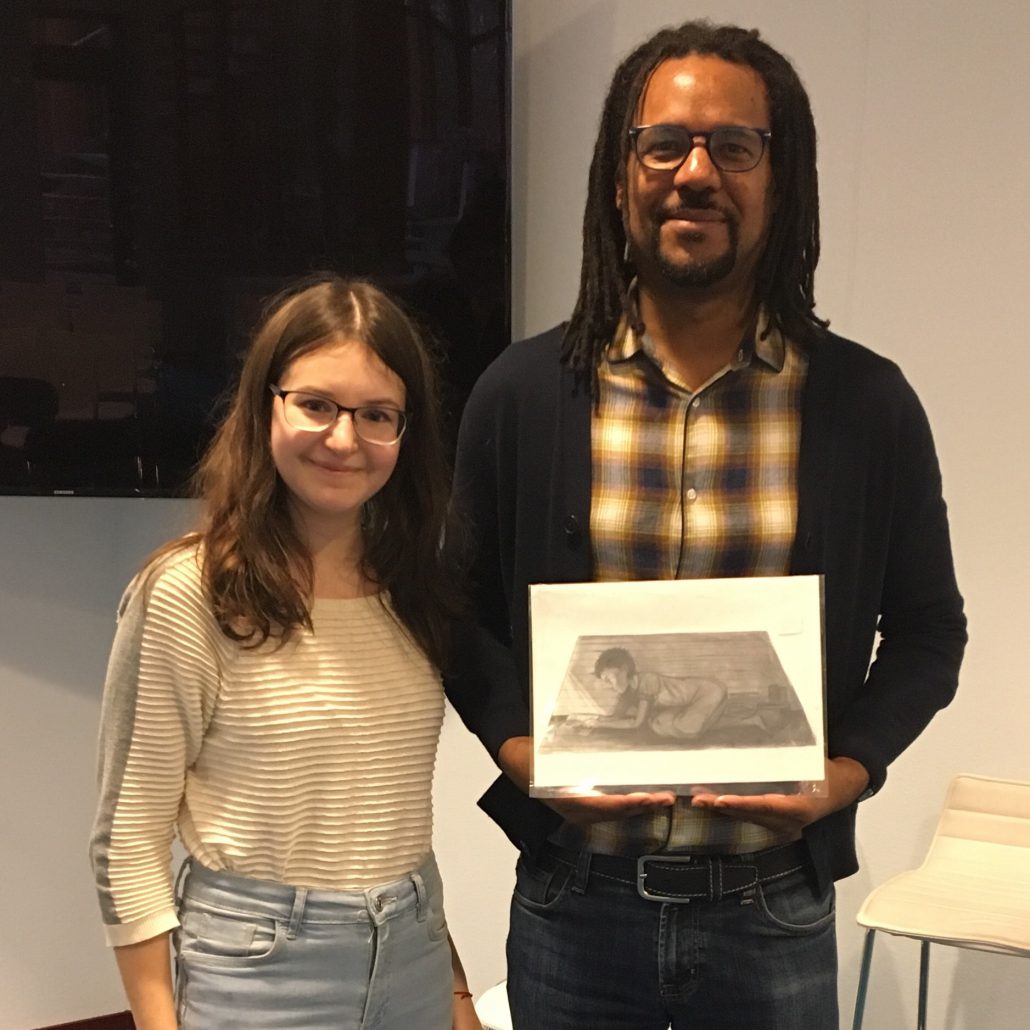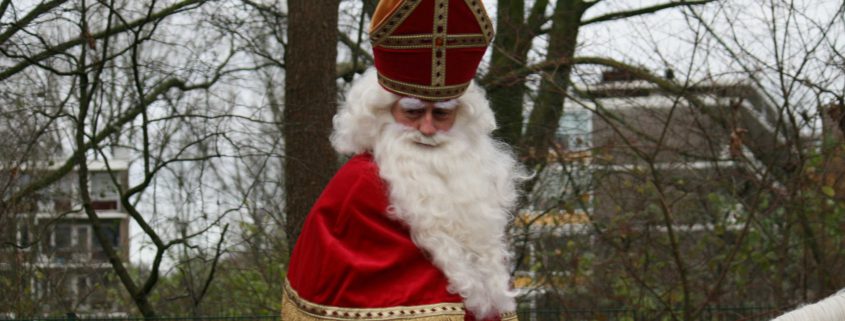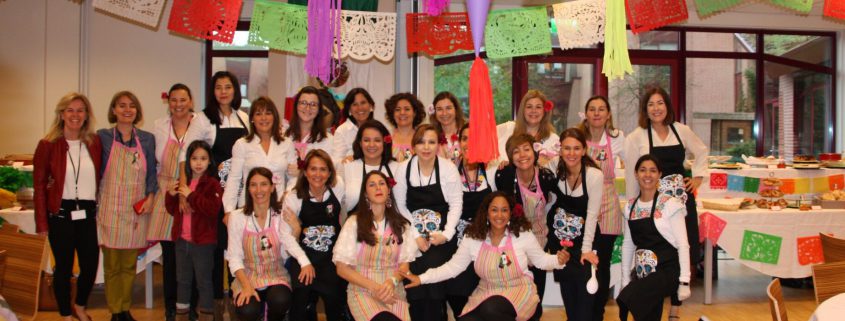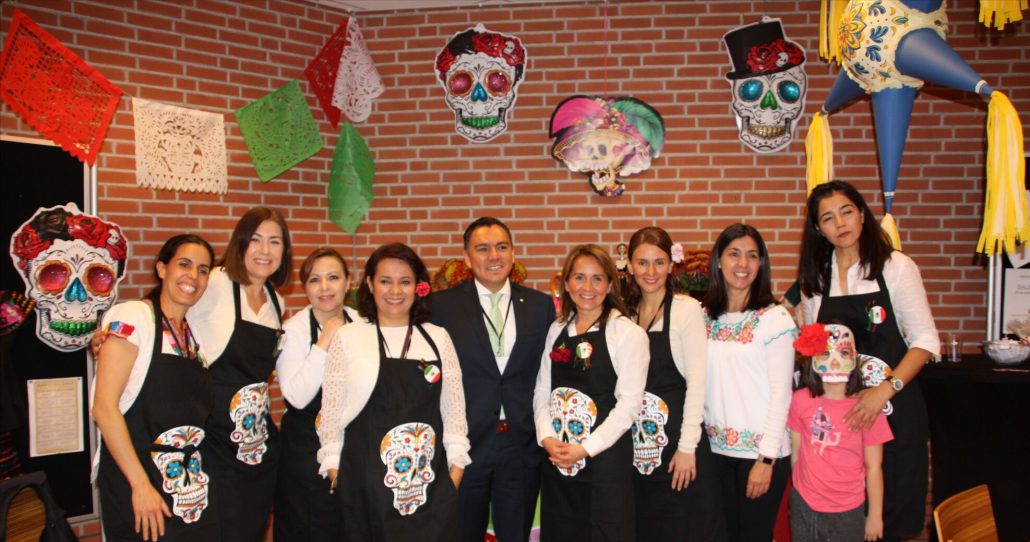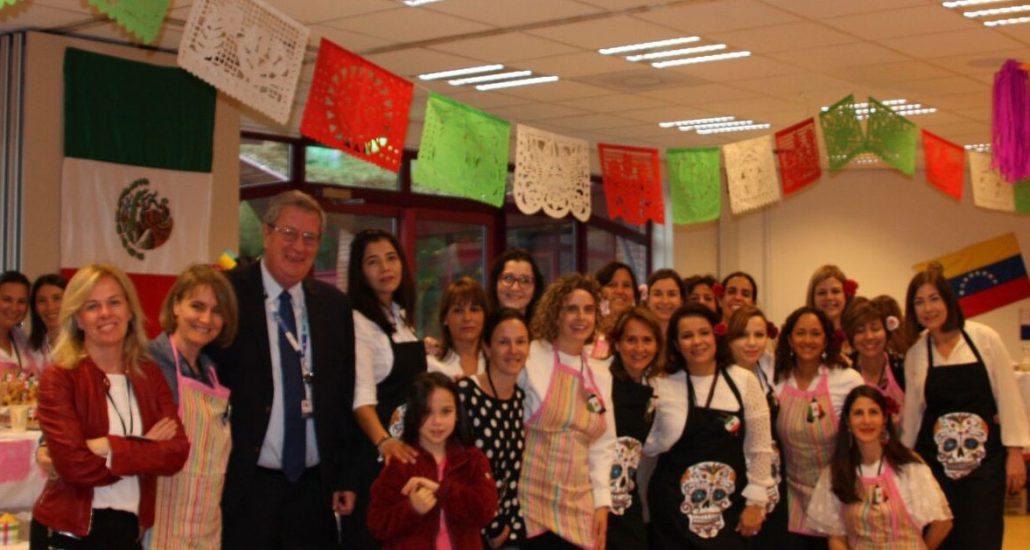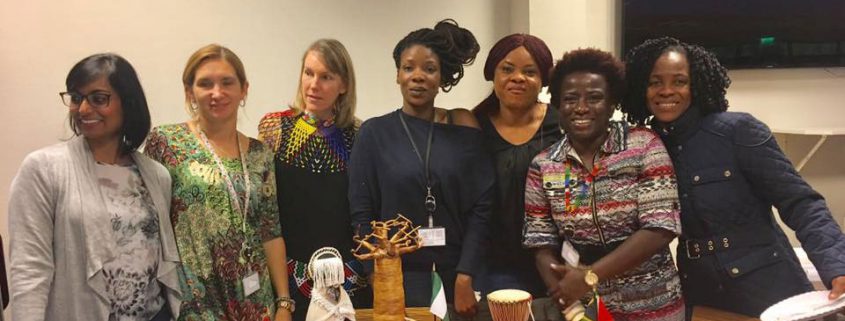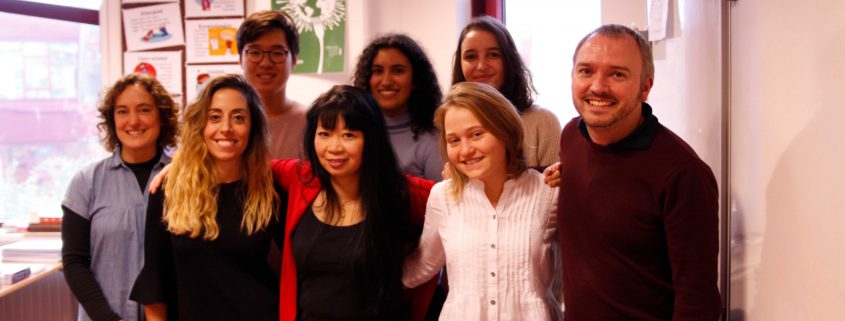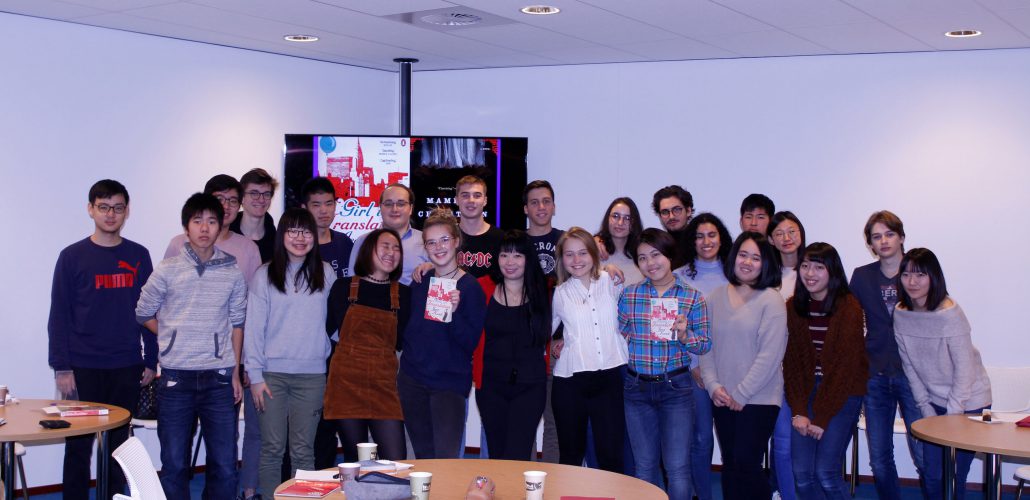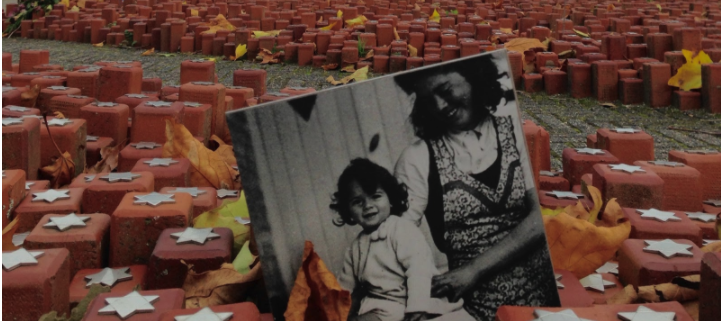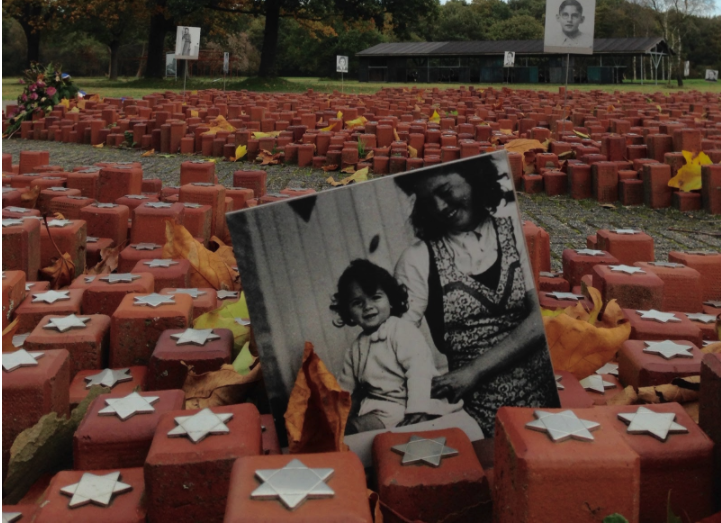ISA Wins Top Employer in Education Award 2018
In 2014, ISA employed Effectory, a leading personnel research company, to administer an employee satisfaction survey to all faculty and staff. With consistently high scores across the survey categories, the school was nominated, and won, the coveted Top Employer award for Education in the Netherlands, as well as placed in the top 10 for businesses with under 1000 employees.
Last Spring, in following with HR practice, ISA surveyed its faculty and staff again and the results were nothing short of amazing. ISA’s numbers soared past our 2014 scores, once again placing the International School of Amsterdam in the list of nominees for Top Employer in Education for the Netherlands.
Yesterday, the ISA Human Resources Team – Harmen Veling, Michelle Pescott and Trudi Williams – attended the Effectory/Intermediar Beste Werkgever 2018 awards ceremony and proudly received the 2018 award for Top Employer In Education on behalf of the entire ISA educator community.
There’s a famous saying that if you choose a job you love, you will never have to work a day in your life. Working in the field of education often means following a passion – for learning, for teaching and for building a stronger future. For over 53 years, ISA has attracted leading educators from around the globe, creating a legacy of academic excellence which continues to extend the teachings from the classroom to a lifelong love of learning for every member of our community.
This award is a recognition of all the hard work that ISA teachers and staff members put into our school each day. It recognises that our organisation is special and that our diversity of cultures and beliefs truly allows us to integrate the mission we teach towards each day – to educate for international understanding – into our professional lives. We thank all of our faculty and staff for their support of our school and for their daily commitment, hard work and dedication.

